In Shape for What? The HKC Toolkit Assessment
by Dan John, Master RKC
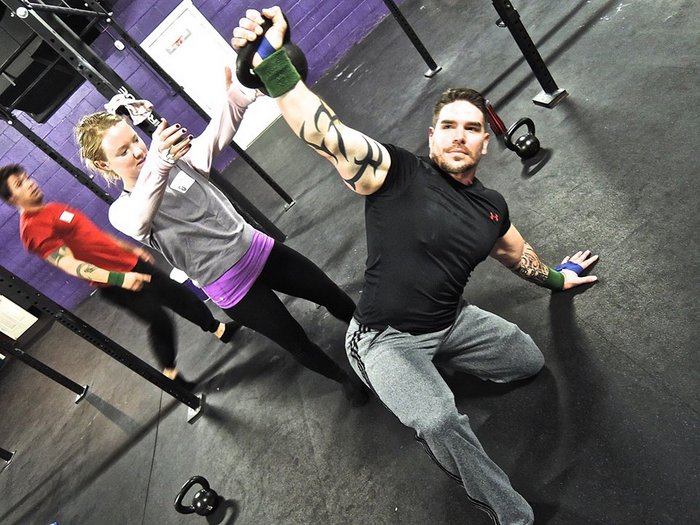
With the coming of the internet, the fitness industry has changed radically. Back when I first started to train, the monthly magazines (for most of us it was
Strength and Health) showed up in the mailbox. We often found one or two new ideas to try out.
With a monthly magazine, we had 28 to 31 days to try, test—and sometimes abandon—those one or two new ideas. Often, something would actually work and this insight would become part of everyone’s training. I used to enjoy the articles that combined Olympic weightlifting, powerlifting, and intelligent flexibility work in a program. Early on, I learned that it took a bit of thinking to mix grinds and ballistics. Progress was much greater when doing both, somehow at the same time.
Today, I opened my browser and found ads for a diet that uses "tasty carbs" to lean out. The next ads touted the benefits of low carbohydrate diets for fat loss. It’s a rare day when I am not offered a "special one-time low-cost opportunity" to buy a fourteen, thirty, or ninety day program that will morph me into the best shape of my life.
I always ask, "The best shape of my life for what?" I used to bulk up to 273 pounds, then lean out to compete at 242 pounds (110 kilo class). I have thrown the discus really far at the same time I had to catch my breath while walking up a flight of stairs. I was "in shape" to do the task, the goal, I had chosen years before in high school as part of an English assignment.
That’s the issue… "in shape for what?" I’m as guilty as anyone for listing challenges and getting some excitement going. The 100 rep challenge (picking one global movement and doing 100 singles), as well as the various deadlift, farmers walk, and squat challenges. Challenges have always been fun. Well, "fun" is an interesting word, but, if you are not competing in a sport, challenges have great value.
So, you want to be in shape for a challenge? This has value, but these kinds of goals often don’t open the door to further training improvement.
Assessments are great. I use the FMS, our own gym’s 1-2-3-4 Assessment, plus all of the various smaller tools, tips, and gadgets to assess where you are and what you need to address in the future.
Sometimes, you will realize that a test or assessment no longer really assesses or tests, and instead it has become a challenge. I used to use two basic tests: one-minute of push ups and max pull ups. I had a student who did 111 push ups in one minute. He was a short-armed wrestler and counting the reps was an issue at that speed. How could he top that score? I honestly have no idea. And, what would the value of getting to 112 reps be for an athlete who wrestles? Another student did 66 pull ups in a row. Again, he was born to do pull ups, but if you get half his score (33 for the math impaired), you are still amazing.
I discovered that most of my tests were becoming Marathon races or specialty events where genetics would trump actual training. While there is still value in a bodyweight press, and double bodyweight deadlift, as I worked through the assessment process, I added some built-in buffers to make counting reps more reasonable and that emphasized the importance of proper training.
I also began to realize that the
Hardstyle Kettlebell Three (swing, goblet squat and Turkish get-up), plus my old standards—the push up and pull up—were an amazing testing and assessing toolkit. Below, I will share the movements in the order that I added them to our system.
The 30 Second Hang Pull Up
Gray Cook first opened my eyes to hanging and
pull-ups. It’s a simple idea: if you want to test someone for max pull ups, test their hang (for time) from the straight arm position and the flexed hang position, before testing their max reps.
Many people lack the grip endurance to deal with max pull ups! Gray argues that the best way to increase max pull ups—as well as save the elbows—is to practice and increase the hang time in the straight and bent-arm positions.
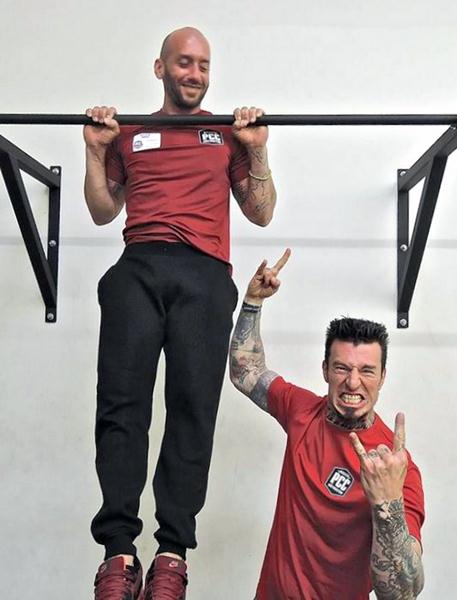
We took this idea one step further for testing and assessment: each pull up begins with a 30-second hang.
So, the first rep is a 30-second hang, then a pull up. The second rep is a 30-second hang and a pull up, then ANOTHER 30-second hang and a pull up.
A count of "two" in the pull up test takes just over a minute. If you can get to four reps in this method, you are doing just fine. Counting and judging total reps is so much easier than the traditional test. There used to be a "Q and A" after every rep: Did the chin get over? Were the arms straight at the bottom of the pull up? I know that the arms will be straight for most of the time with this method.
No one has reported a score of six yet, though one person claims to have scored a five. In full candor, I don’t care what the best can do, but getting a two or three is pretty solid.
One great insight from many men: the "gap" here is shoulder mobility and
flexibility. It’s not grip strength but "jacked up" joints that hold people back in this test. Getting stronger might not be the right answer to passing this test, it might be mobility and corrective work.
The Six Minute Squat
The new pull up test lead us to create a goblet squat test. I’m sure you can do the test with any squat, but the goblet squat gives an interesting to challenge to your "anaconda" muscles, the muscles that you use to squeeze things ("I love you!") and the "cobra" muscles, the ones that pop up in your back that make you look you have a hood. Some call these "trapezius muscles," but I didn’t go to medical school.
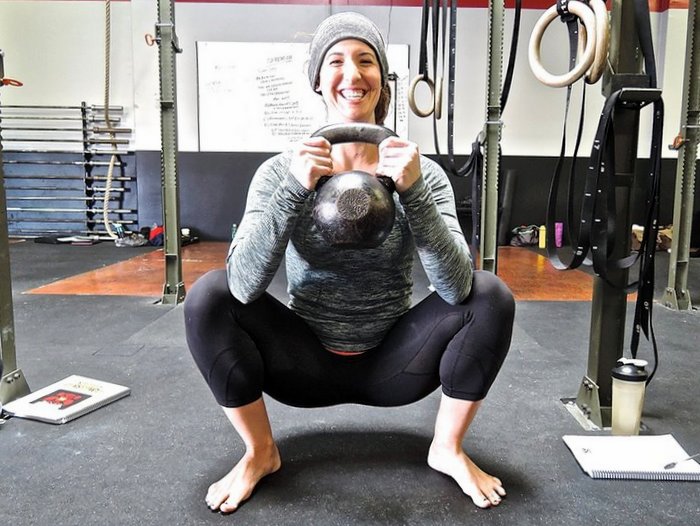
Sit in the bottom of the goblet squat for thirty seconds. Grunt and stand up. Then, pull yourself back into the bottom position. Stand up at the 30 and 60 second marks. Generally, this test goes for about three to six minutes.
Finish standing and park your
kettlebell like a professional. I am always shocked how sore my biceps, ab wall, and odd parts of my outer back feel the next two days. Yes, I work those muscles, but total time under load is the issue here. Moreover, we also learn a lot of interesting things about our hip and back mobility while holding the deep squat for time in this test.
This is a simple test/workout to describe, but oddly difficult to perform.
A typical man will use a
24kg kettlebell, and ladies can choose the
16kg or
12kg. Five minutes (ten times standing up) should be a nice "line in the sand" for you to walk over. I have also done the test for six minutes several times and I am not sure there is much value going beyond that time.
The Proper Push Up Test
The
push up test had been an issue for us to measure—were the arms straight? Did the chest touch the floor? Was the plank maintained?
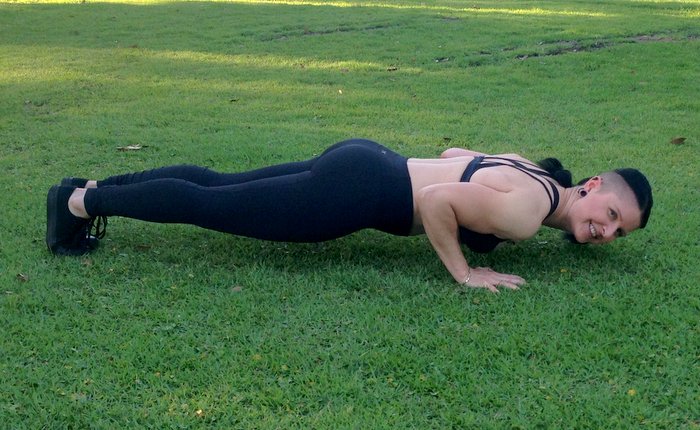
The proper push up test eliminated these problems. We got the idea from Gym Jones: basically, when you go to the bottom of each push up, lay your chest on the floor and stick your hands out to form a "T" position with your arms. Return your hands and press up. That’s a proper push up.
Testing and assessment are much easier. There are no more questions about touching the floor, or issues with sagging bodies. Counting is much easier as this approach cuts the volume in half for most cases. A one-minute proper push up test will be flying at 30 reps.
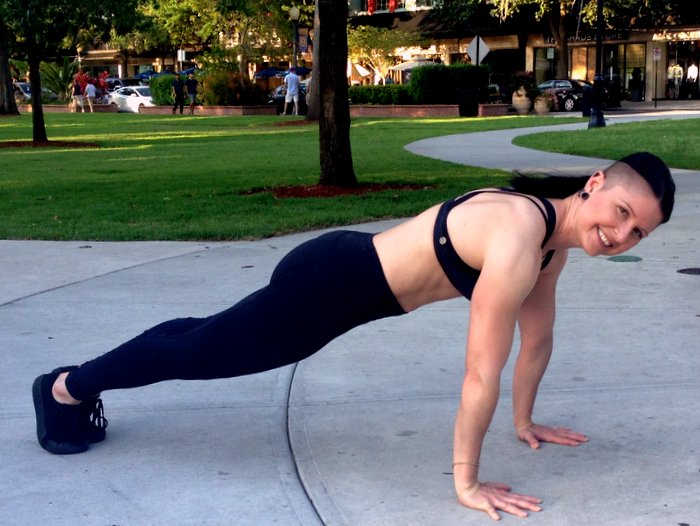
Strive for at least 20 reps in this test. Note how the descent will remain much more controlled for most people. I am sure a few will decide to free fall to increase their reps, but this form of "self CPR" has little value to the general fitness or performance enthusiast.
The Five-Minute Get-Up
I first heard about "slow motion" competitions from Dan Millman of the Peaceful Warrior series. His idea for true mastery was to do your event as slowly as possible. Without an implement, practicing the track and field throwing events as slowly as possible teaches insights for orbit and transitions that can be unexamined at a normal performance speed and tempo.
RKC Team Leader Chris White mentioned that he did "Five Minute Turkish Get-Ups" at our recent RKC in San Jose. I wanted to slap myself for missing such a simple idea. Rather than crash through a bunch of reps, glide and hold each position then do a full body "check in" to see if you are aligned and appropriate.
At first, try adding leg or foot lifts at every logical stopping point. I find simply picking up each foot highlights issues with positioning or compensations. Parts of the get-up include hinges, squats, rolls and lunges. Picking up a foot can sometimes explain why we seem to thrash or cheat through a particular position.
I would imagine the ultimate get-up challenge would be continually moving over five minutes. For mortals like me, a "naked" get-up done very slowly while attempting to be seamless would be the first line of assessment.
Extra Credit: The Two Minute RKC Hip Flexor Stretch
Along the same lines as the five minute get-up, consider doing the
RKC hip flexor stretch for extended periods. Try two minutes on each side at first. Like a good yoga class, you will find that spending more time in the position allows a deeper release of the stretch. That might sound more like voodoo, but extending the time in this stretch is pure gold.
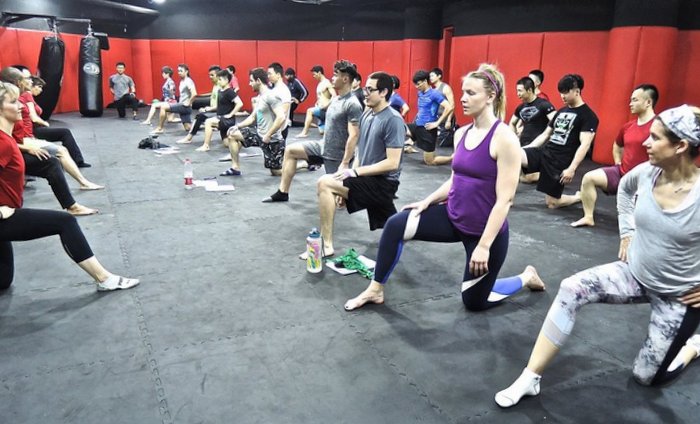
Fifty Swings
We discovered an interesting thing during our first 10,000 Swing Challenge. In terms of strength and endurance, our grip wasn’t what we thought it was!
The original rep scheme:
- A set of ten swings
- One rep of a strength movement
- A set of fifteen swings
- Two reps of a strength movement
- A set of twenty-five swings
- Three reps of a strength movement
- A set of fifty swings
Repeat four more times for a total of 500 swings.
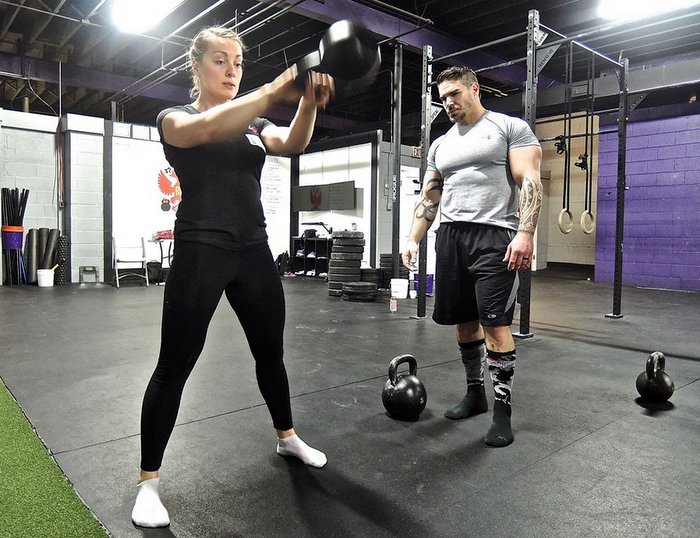
Most of us discovered an interesting fact when using an appropriate kettlebell: our grips gave way after thirty reps. Swing technique begins to degrade with grip issues, and you should put the kettlebell down when these issues arise.
So, the "test" is to do fifty continuous swings with your
RKC snatch test kettlebell and maintain a proper grip!
As with all of our simple
HKC family of tests, this one is easy to write and read…but hard to do!
Adding the pull up and push up tests to the HKC Three gives you five interesting test/assessments to push you further along the path. An upside to each of these tests is that there is truly no finish line. (I can still imagine someone bragging on Facebook that they have the slowest get-up.) These tests each highlight basic issues in strength or power, but also in areas like mobility and flexibility.
My search continues for tests, assessments and evaluations that will challenge people to strive for better, not just "more."
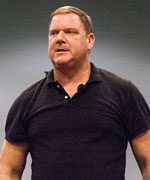 Master RKC, Dan John is the author of numerous fitness titles including the best selling
Master RKC, Dan John is the author of numerous fitness titles including the best selling Never Let Go
and Easy Strength. Dan has spent his life with one foot in the world of lifting and throwing, and the other foot in academia. An All-American discus thrower, Dan has also competed at the highest levels of Olympic lifting, Highland Games and the Weight Pentathlon, an event in which he holds the American record.
Dan spends his work life blending weekly workshops and lectures with full-time writing, and is also an online religious studies instructor for Columbia College of Missouri. As a Fulbright Scholar, he toured the Middle East exploring the foundations of religious education systems. For more information visit DanJohn.net
Back